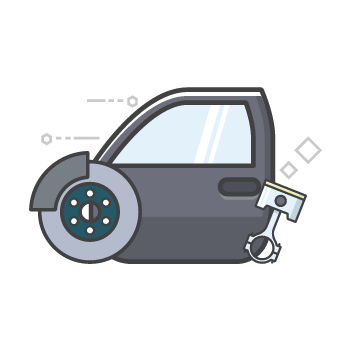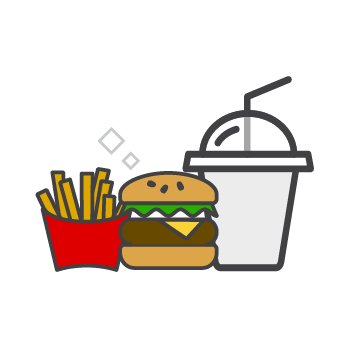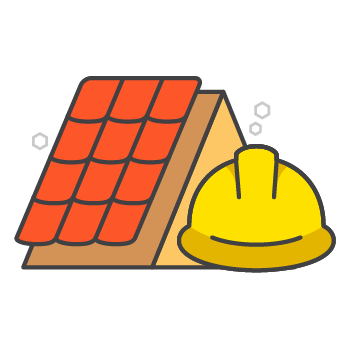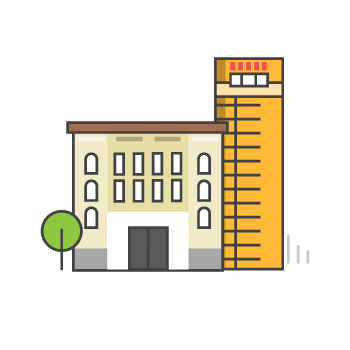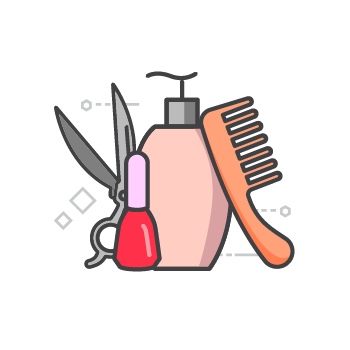Seven Things You Can Do to Treat Minor Burns at Home
by Carolyn Lee Oct 2, 2023
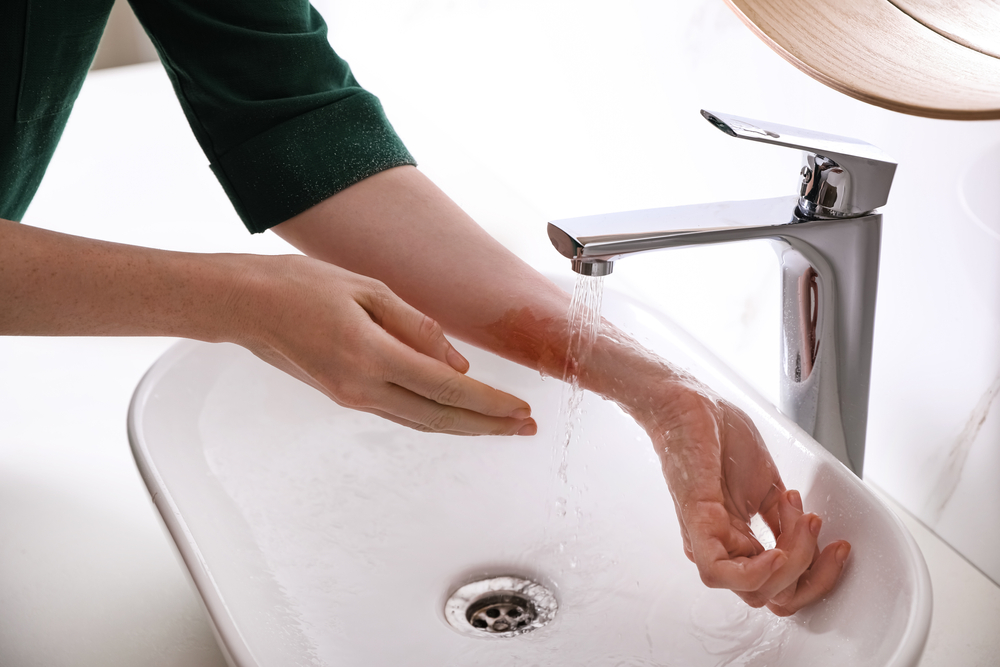
Sunlight, scalding from steam or hot liquids, touching hot objects, and electrical currents or chemicals (gasoline, paint thinner, lye) can cause minor burns. Second and third-degree burns require prompt medical treatment. However, most minor burns can be treated at home. We are sharing a few things you can do to ease the discomfort of minor burns.
What are the different types of burns?
Minor or first-degree burns affect the top layer of the skin and are typically unblistered, painful, and red, with mild swelling. Second-degree (partial thickness) burns are mild to moderate and affect the outer and underlying layer of skin, leading to pain, swelling, redness and blistering.
A third-degree burn looks white and thick with a leathered look. This type of burn is severe and requires immediate medical attention. Major burns affect 15-20 per cent of an adult’s body and 10 per cent of a child’s body. These burns are significant injuries that require hospitalisation and extensive rehabilitation.
How to treat first-degree burns at home
- Move away from the heat source immediately to prevent further harm. Then, remove clothing or jewellery near the burn area.
- Run cool or lukewarm water over the burn area for approximately 20 minutes, then wash the area with mild soap and water. You can also apply a cold compress for 10 minutes to the site or intervals until the pain stops.
- Some home remedies like butter, oil, ice, egg whites, or toothpaste on the burn area are common. However, you should avoid using them as they could further irritate the skin.
- Let blisters heal on their own. Please do not tamper with them since this could make them break, resulting in pain, discomfort, and possible infection. If the blister breaks, clean the area and apply an antibiotic ointment.
- Some minor burns do not require a bandage. However, if you use aloe vera or honey on the affected area, cover it with a nonstick, sterile bandage.
- You can take an over-the-counter pain reliever to help reduce inflammation and pain.
- Burned skin is sensitive, so reduce sun exposure by wearing protective clothing, covering the affected skin, or staying in the shade.
Bonus: After the wound heals, you should regularly use a moisturiser and sunscreen on the affected area to minimise scarring.
Most first-degree burns generally heal on their own without treatment from a doctor. However, if the victim is an older adult or infant, the burn is large, or you think it is severe, go to an emergency room immediately.
Please use Find Yello to search for medical centres, hospitals, pharmacies, or businesses with the services that can help you. You might also like Common Causes for Fires and How to Prevent Them or How to Handle Kitchen Fires.
Sources: Mayo Clinic, American Academy of Dermatology, Cleveland Clinic, Healthline, and Medical News Today.



